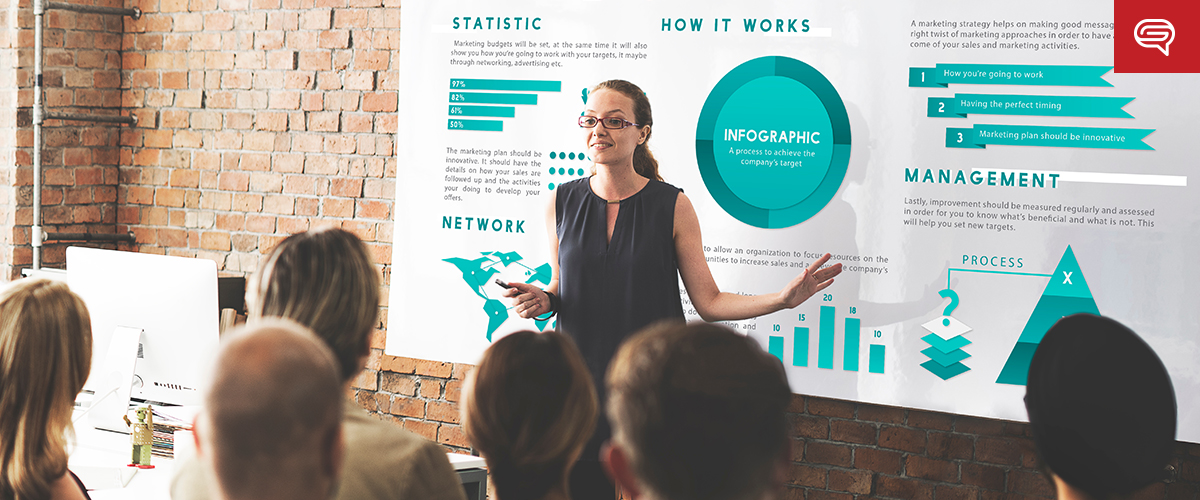Have you wondered why it seems difficult to deliver your message clearly and effectively? Things such as noise can negatively affect your business presentation, making it impossible to get your message across since they can’t easily understand what you’re trying to say. According to eHow contributor, Damon Verial, noise also acts as a communication barrier that stumps your overall performance.
Learn how noise disrupts your success as a presenter, preventing you from conveying your point clearly.
Two Types of Noise
Your job doesn’t end after preparing your PowerPoint slides and crafting your pitch. In fact, your actual performance begins when you might experience unexpected slip-ups. One of those is noise. There are two kinds of noise which presenters often face:
1. External Noise
This includes distracting sounds such as:
- audiences laughing
- background noise
- any accidents that affect your overall performance
This type of noise is sometimes unavoidable, since these are outside factors beyond your control.
2. Internal Noise
This kind of noise involves your own thinking and that of your audience’s. It includes being uncomfortable about your topic, worrying about how your audiences perceive you, or failing to recognize their needs. While these can be controlled with careful practice before you present, mistakes are still possible even with the strictest rehearsal.
There are three ways to combat this kind of noise and effectively communicate with your audience:
a. Determine the Cause of Noise
Internal and even external noise can be controlled to a certain extent. Identify its source to find an immediate solution. If the problem is in the venue, you can adjust by politely telling the organizer to resolve the particular distraction.
For example, if it’s technical problems or any physical noise, ask them to fix it so you can proceed with your message. You might not be able to remove it entirely, but you can prevent further distractions that may affect your performance.
b. Enhance Your Listening Skills
As a speaker, you need to understand that speaking isn’t your only job. Since your objective is to make your audience understand your message, listening is part of the process. Keep them engaged by asking them to participate and giving them a chance to speak up.
It also prevents any misunderstandings, which are also considered as noise.
c. Use Repetition for Emphasis
This reminds your audience of significant ideas from your pitch, especially if they were unable to understand your point. Reiterating your thoughts enables you to highlight what you want them to learn and to focus on providing them with memorable information.
This shows that you respect the time they spent listening to your pitch, and you want to give them something in return.
Conclusion
Noise prevents you from giving your message clearly. While it’s true that it can be controlled to a certain extent, learning how to fight this distraction will help you communicate effectively with your audience. By identifying the source of noise, you’ll be able to solve that particular problem and lessen any negative effects.
Listening also helps you to easily understand your audience and avoid being misunderstood. Repeating your points allows you to emphasize what you want them to learn. It also shows that you care about your audience.
Applying these will give you a more effective and successful presentation. To help you with your PowerPoint presentation needs, let SlideGenius experts assist you!
References
“Check Out The Room Before You Speak.” Total Communicator. Accessed September 11, 2015.
“Overcome Anxiety Like Presentation Expert Warren Buffett.” SlideGenius, Inc. May 04, 2015. Accessed September 11, 2015.
Verial, Damon. “How to Overcome Noise Barriers in Communication.” eHow. Accessed September 11, 2015.





